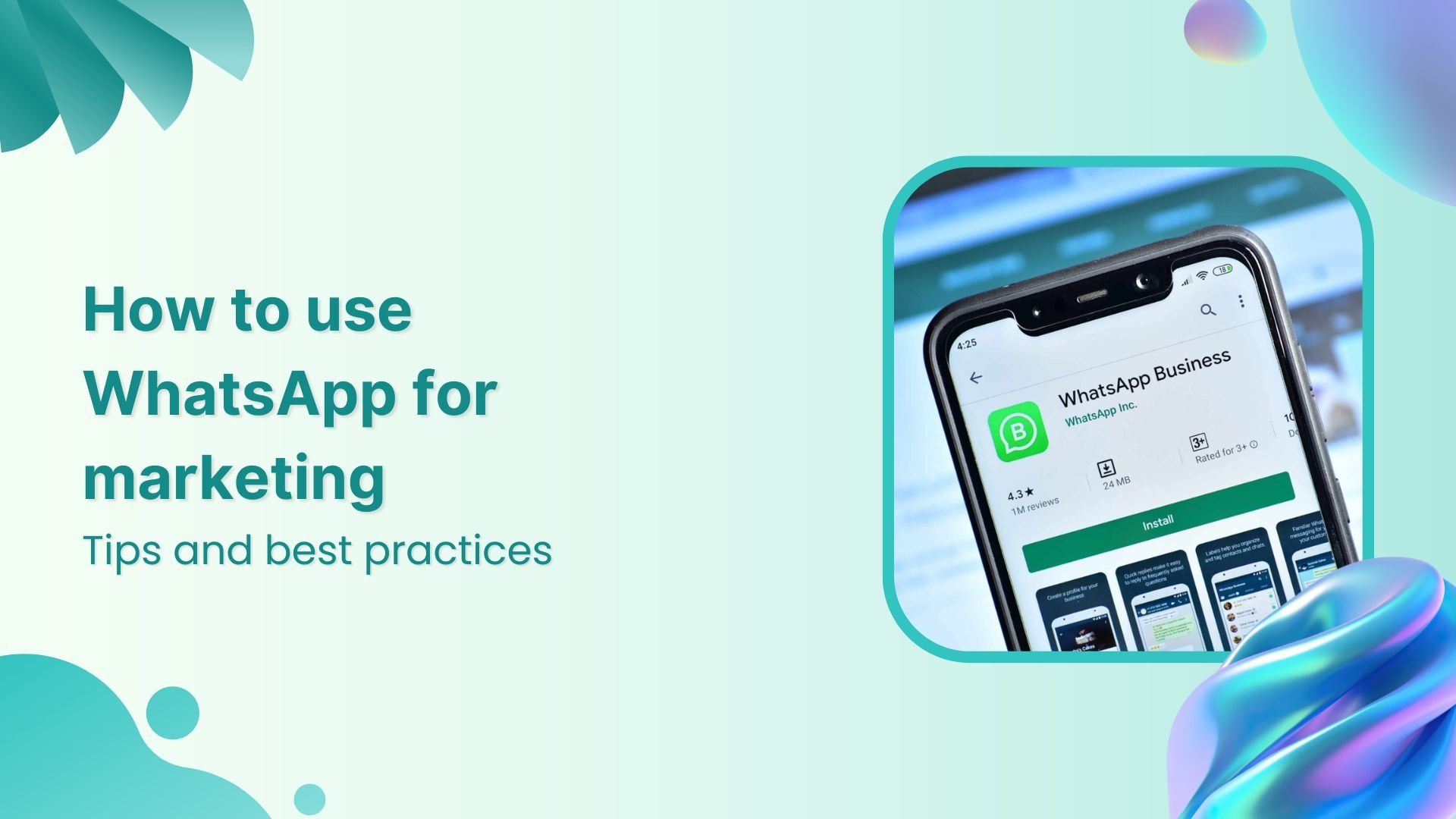Bulk-generate & schedule posts in seconds with Smart Scheduling. Try now!
A complete guide on growth marketing – Top tactics & examples
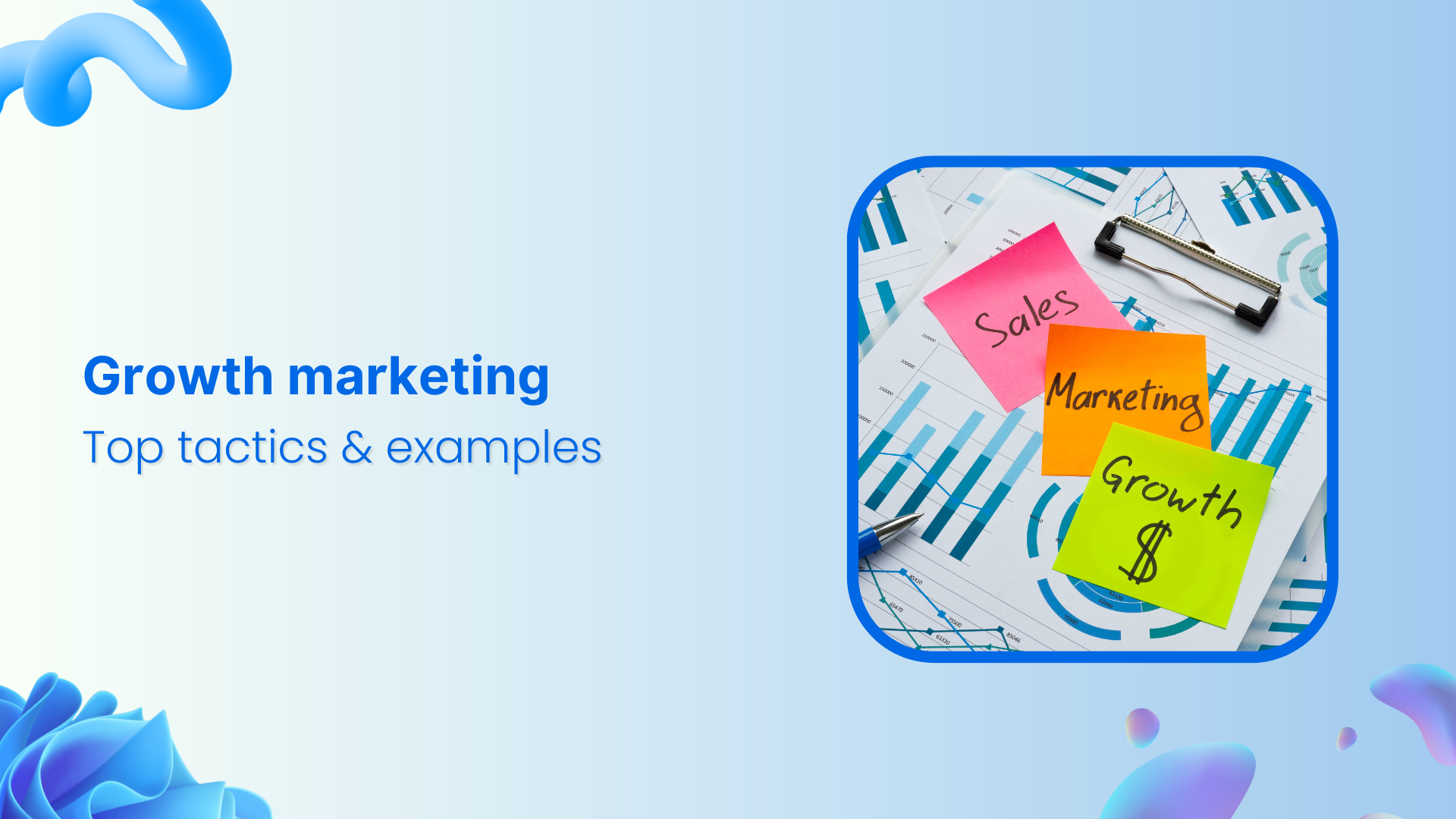
What if 90% of marketing budgets are being wasted on strategies that don’t drive sustainable growth?
According to recent industry research, approximately 90% of startups fail to achieve sustainable growth, despite spending an average of $30,000 per year on marketing. The reason? Most businesses still rely on traditional marketing approaches that prioritize short-term gains over long-term customer relationships and data-driven optimization.
Enter growth marketing – the innovative approach that has helped companies like Airbnb scale from zero to millions of users, enabled Dropbox to achieve viral growth through referral programs, and powered Netflix to become a global streaming giant through sophisticated A/B testing and personalization.
Growth marketing isn’t just another buzzword. It’s a systematic, data-driven methodology that can lead to the successful implementation of modern growth marketing approaches, resulting in 5–15% additional growth while slashing marketing costs by 10–30%.
In this comprehensive guide, you’ll discover everything you need to know about growth marketing in 2025.
Simplified social media marketing for individuals & agencies.
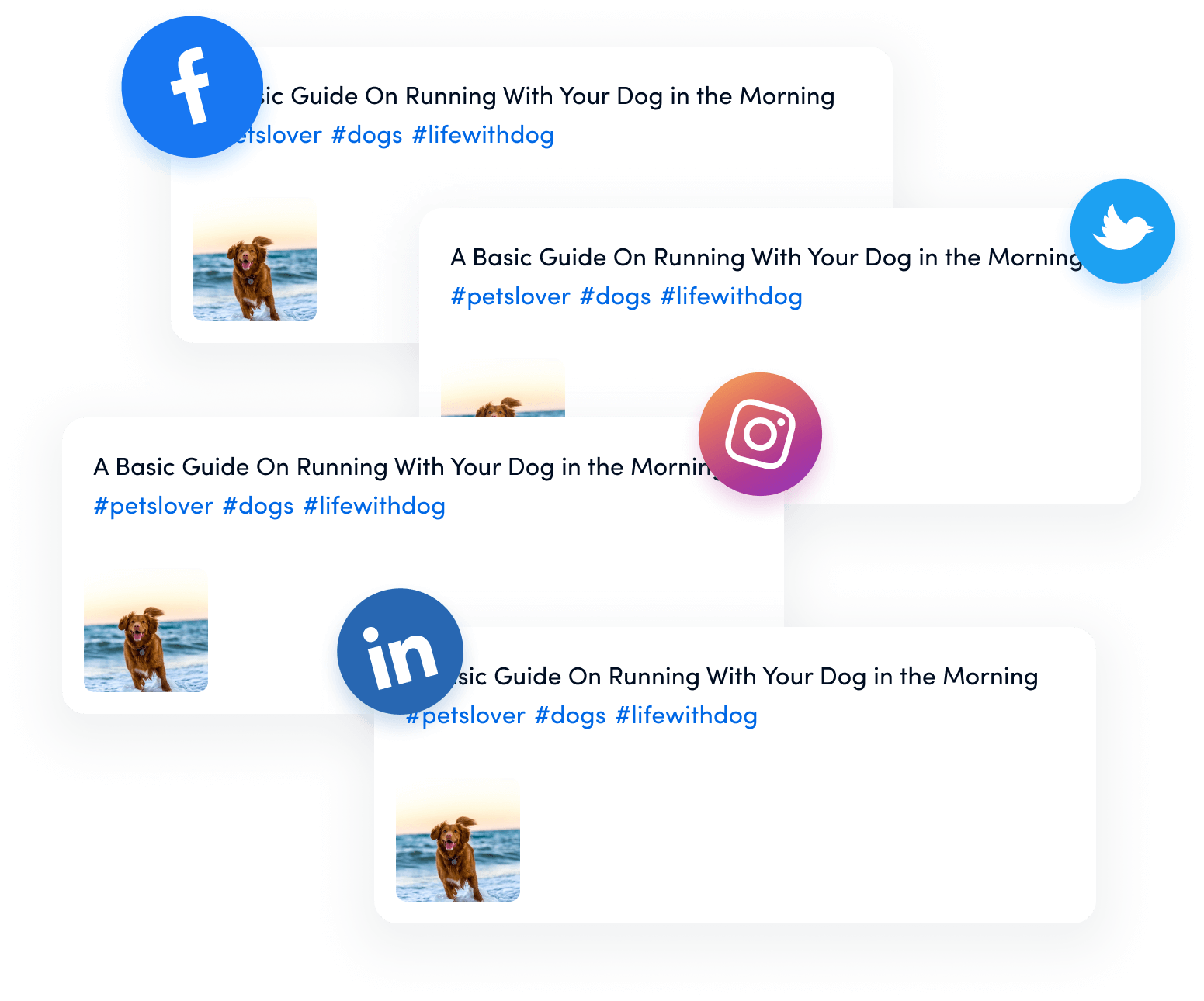
What is Growth marketing?
Growth marketing is a comprehensive, data-driven approach to growing a business by optimizing the entire customer lifecycle – from initial awareness to long-term advocacy. Unlike traditional marketing, which focuses primarily on customer acquisition through brand awareness campaigns, growth marketing emphasizes continuous experimentation, personalization, and customer retention to drive sustainable and scalable business growth.
The evolution from growth hacking to growth marketing
The concept of growth marketing evolved from “growth hacking,” a term coined by entrepreneur and marketer Sean Ellis in 2010. As Ellis described it, growth hacking involves data-driven experimentation, agility, and scale.
However, as the discipline matured, marketers realized that sustainable growth required more than just quick hacks or viral tricks. Growth marketing emerged as a more sophisticated, holistic approach that combines:
- Scientific rigor in testing and experimentation
- Customer-centric thinking throughout the entire journey
- Cross-functional collaboration between marketing, product, and data teams
- Long-term strategic planning rather than short-term tactics
- Sustainable growth practices that build lasting customer relationships
Growth marketing vs Traditional marketing
Understanding the key differences between growth marketing and traditional marketing is crucial for businesses looking to adopt a more effective approach to driving growth.
Traditional marketing approach
Traditional marketing typically follows a linear, campaign-based approach with these characteristics:
- Focus: Brand awareness and lead generation
- Timeline: Campaign-based with set start and end dates
- Metrics: Impressions, reach, brand awareness, and top-of-funnel metrics
- Strategy: Based on market research, demographics, and established best practices
- Optimization: Periodic reviews and adjustments, often quarterly or annually
- Customer journey: Primarily focused on the top of the funnel (awareness and acquisition)
- Decision making: Often intuition-based or driven by creative concepts
Growth marketing approach
Growth marketing takes a systematic, data-driven approach with these distinctive features:
- Focus: Full-funnel optimization from awareness to advocacy
- Timeline: Continuous, always-on optimization and experimentation
- Metrics: Customer lifetime value, retention rates, activation metrics, and revenue impact
- Strategy: Based on real customer data, behavioral insights, and continuous testing
- Optimization: Rapid iteration based on real-time data and test results
- Customer journey: Optimizes every stage of the customer lifecycle
- Decision making: Data-driven with scientific testing methodologies
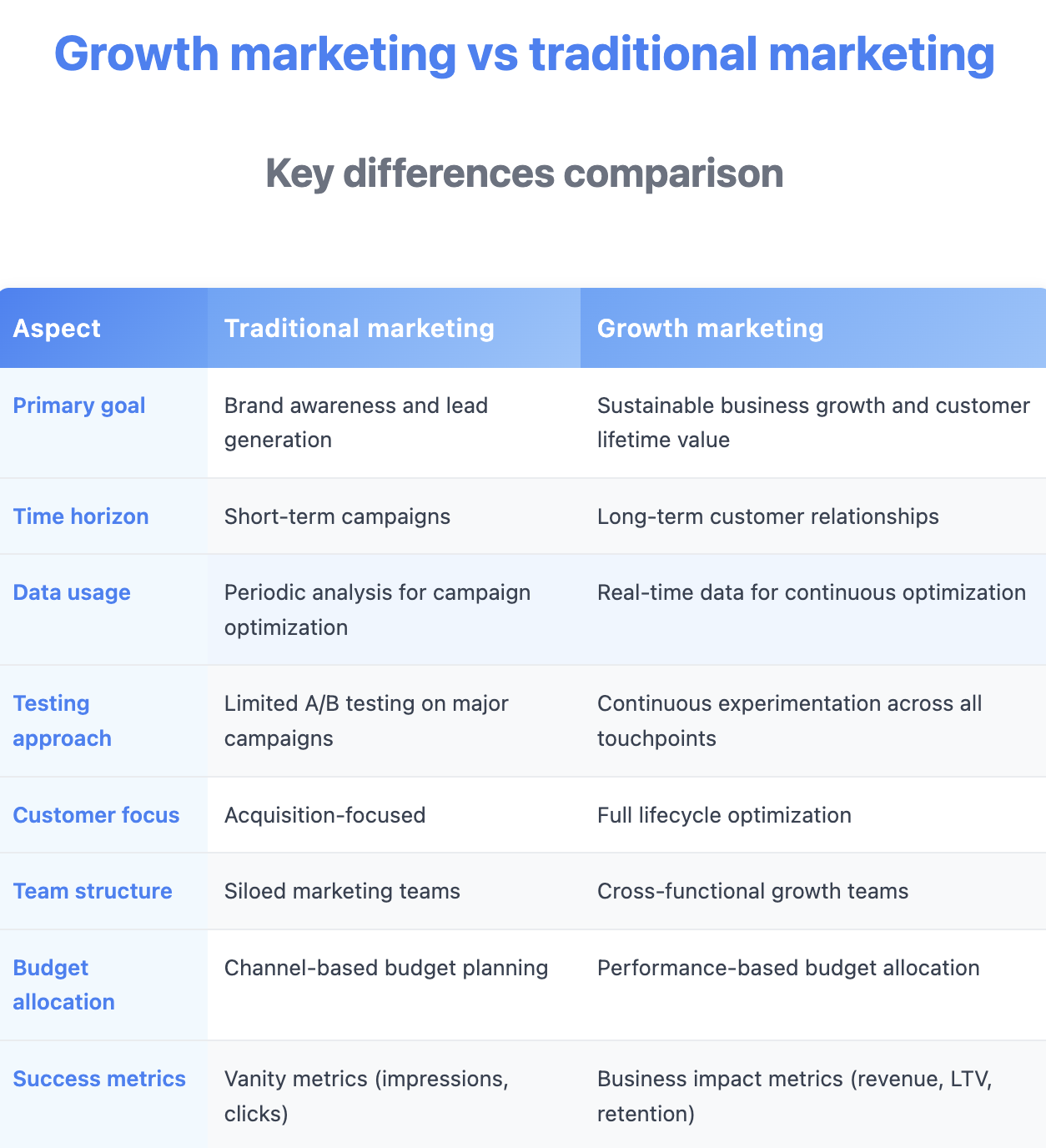
The AARRR growth marketing funnel
The foundation of growth marketing rests on the AARRR framework, also known as “Pirate Metrics.” This model represents five critical stages: Acquisition, Activation, Retention, Revenue, and Referral. Unlike traditional marketing funnels that focus primarily on the top stages, AARRR provides a comprehensive view of the entire customer journey.
Acquisition represents how potential customers discover your brand. This encompasses search engine optimization to capture organic traffic, paid advertising across multiple platforms, and content marketing that addresses customer pain points.
Activation ensures new users experience your product’s core value quickly. Many first-time visitors create accounts but never fully engage with the product. Successful activation requires:
- Streamlined onboarding that guides users to value moments
- Reduced friction in the user experience
- Personalized welcome sequences based on user segments
Retention keeps customers engaged and prevents them from churning. Since acquiring new customers costs significantly more than retaining existing ones, this often becomes the most impactful area for optimization. Effective retention strategies include ongoing value delivery through email campaigns, customer success programs, and re-engagement campaigns for inactive users.
Revenue optimization maximizes the monetary value of customer relationships through strategic approaches, including pricing optimization, upselling, cross-selling, and enhancements to subscription models.
Referral programs transform satisfied customers into brand advocates. This creates powerful growth loops through formal referral incentives, social sharing features, and community building that fosters word-of-mouth growth.
10 core growth marketing strategies
The foundation of successful growth marketing lies in implementing proven strategies that drive measurable business results. These core strategies form the backbone of any effective growth marketing program, combining data-driven decision-making with customer-centric approaches to create sustainable and scalable growth.
Data-driven decision-making
The foundation of effective growth marketing lies in making decisions based on concrete data rather than intuition. Modern growth marketers rely on sophisticated analytics platforms to understand customer behavior and optimize their strategies accordingly.
Customer analytics platforms provide comprehensive insights across all touchpoints. Tools like Google Analytics 4 track website behavior, while specialized platforms like Usermaven offer deeper product analytics. Customer data platforms such as Segment create unified customer profiles by combining data from multiple sources.
Key areas to focus on include:
- User acquisition sources and their quality
- Customer behavior patterns and engagement levels
- Conversion paths and drop-off points
- Customer lifetime value by different segments
Predictive analytics represents the next evolution, using historical data with machine learning to forecast outcomes. Growth marketers now leverage AI to predict customer churn, identify high-value prospects, optimize pricing based on demand patterns, and personalize content at scale.
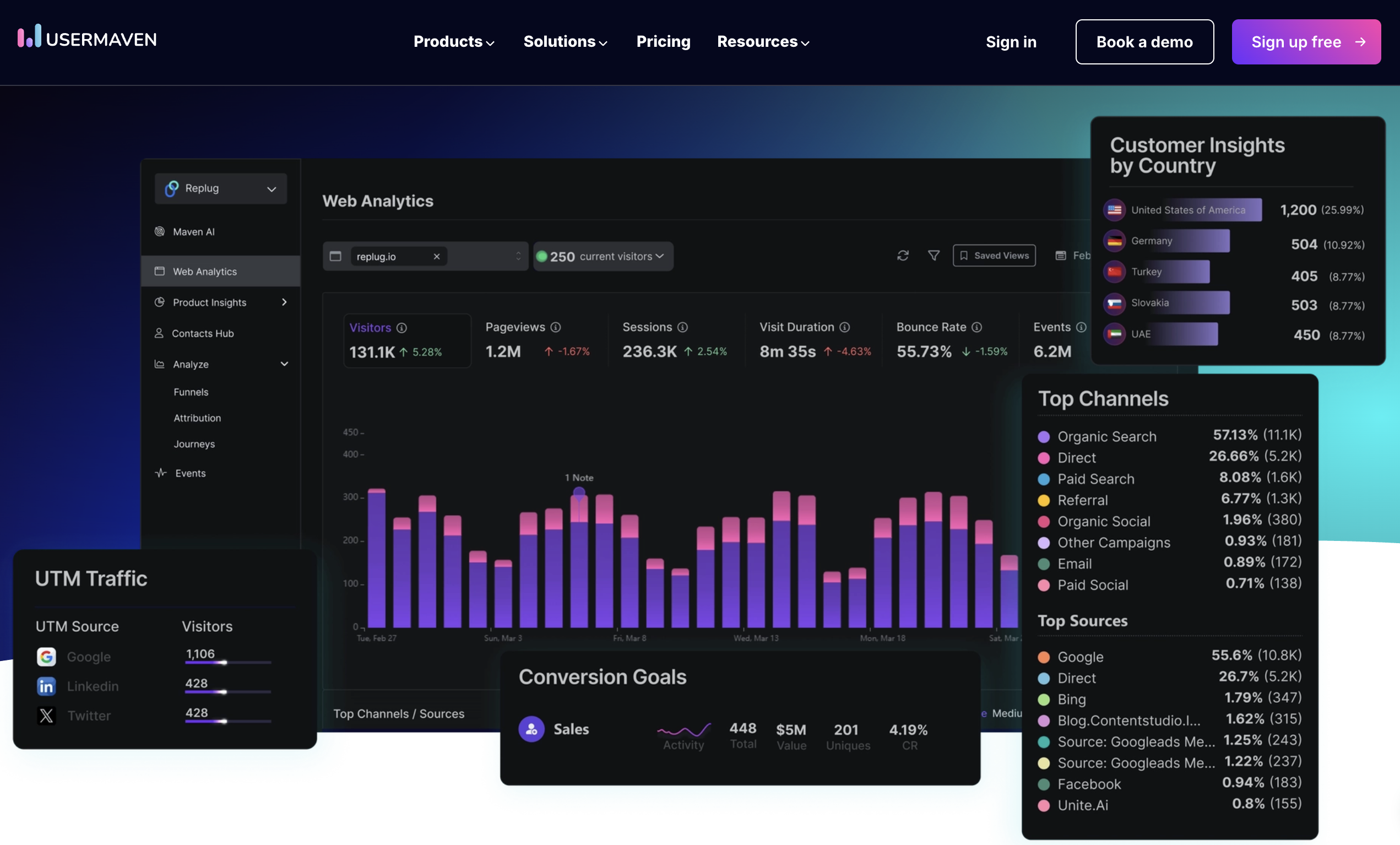
A/B testing and experimentation
A/B testing forms the backbone of growth marketing, comparing different versions of digital assets to determine which performs better. This systematic approach eliminates guesswork by providing concrete evidence about customer preferences.
The testing framework starts with hypothesis development based on data insights rather than assumptions. Each test requires a proper design with adequate sample sizes and an appropriate testing period. Statistical analysis must consider both significance and practical importance, while implementation involves scaling successful variations and documenting the lessons learned.
Common testing areas include:
- Email marketing elements like subject lines and send times
- Landing page components, including headlines and calls-to-action
- Product features and onboarding flows
- Pricing strategies and payment options
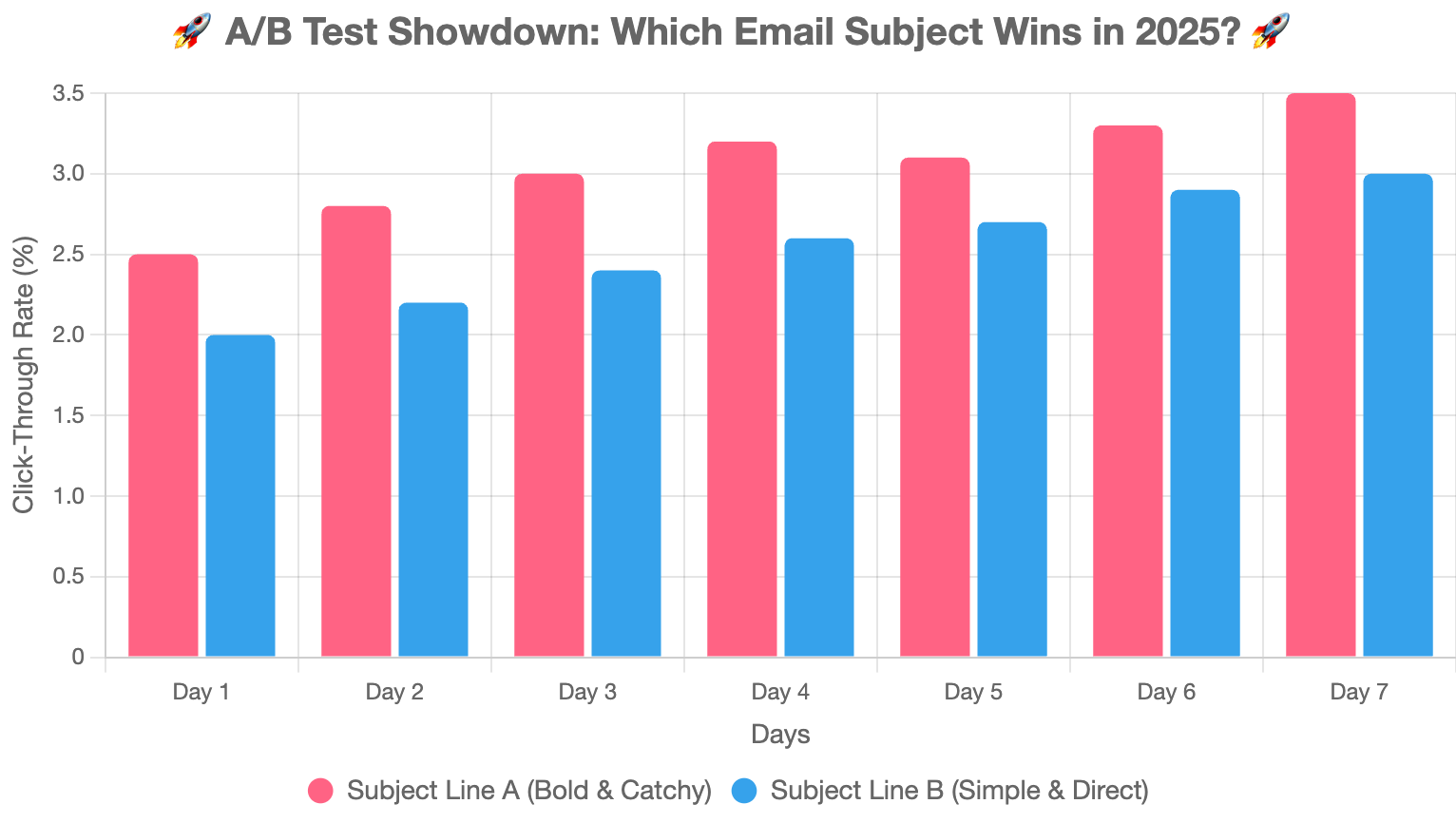
Personalization at scale
Personalization transforms generic marketing into relevant, tailored experiences. When executed effectively, this approach can generate 10-30% revenue uplift and improve marketing efficiency by 10-20%.
Spotify’s Discover Weekly playlist showcases its mastery of personalization. By analyzing listening habits, skip rates, and playlist additions, they create unique weekly playlists for each of their 400+ million users. This personalized feature has generated over 2.3 billion hours of listening time and significantly improved user retention.

Customer segmentation provides the foundation, going beyond demographics to understand behavioral patterns, purchase history, and engagement levels. Dynamic content delivery enables personalization through website customization, email personalization, and targeted advertising, showcasing relevant products to each customer.
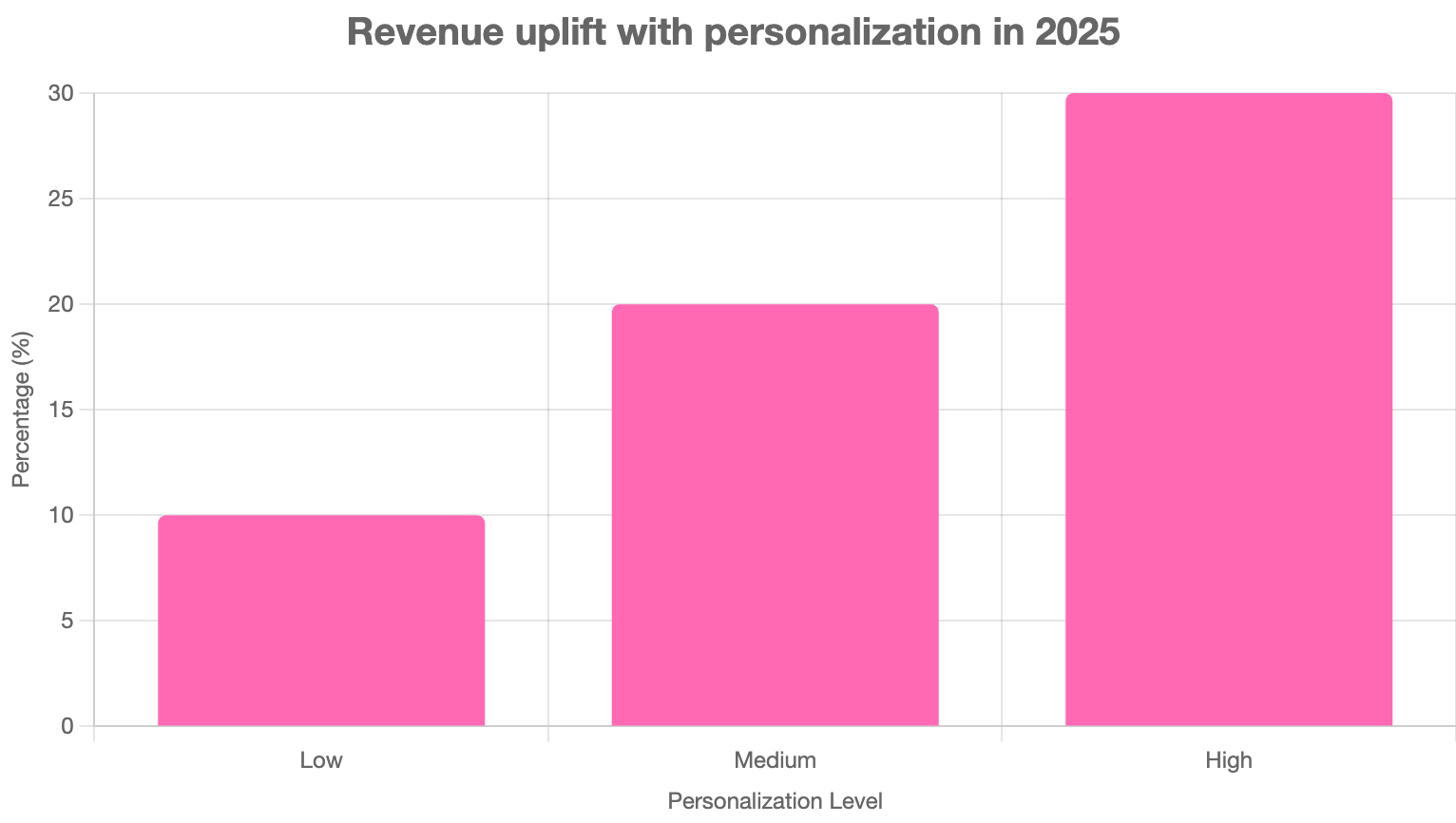
Customer lifecycle marketing
Growth marketing optimizes the entire customer journey by delivering the right message at the right time. This comprehensive approach ensures customers receive value at every stage.
Duolingo excels at lifecycle marketing through its streak system and personalized notifications. They send different messages based on user behavior, encouraging beginners with achievement celebrations, re-engaging inactive users with gentle reminders, and challenging advanced users with more challenging lessons. Their push notification strategy alone improved user retention by 3x.

The process spans from awareness stage content that addresses pain points, through consideration stage education and social proof, to purchase optimization and onboarding excellence. Growth stage marketing focuses on expanding relationships through strategic upselling, while advocacy stage initiatives transform customers into brand champions through:
- Referral program invitations
- User-generated content campaigns
- Community building initiatives
This lifecycle approach leads to higher retention rates, increased customer lifetime value, and stronger organic growth through referrals.
Product-led growth (PLG)
Product-led growth makes the product itself the primary driver of customer acquisition, conversion, and expansion. Instead of relying heavily on sales and marketing teams, PLG companies design their products to sell themselves through exceptional user experiences.
Zoom became a household name through product-led growth. Their product was so reliable and easy to use that users naturally recommended it to colleagues and friends. During the pandemic, their seamless experience led to explosive organic growth, with the number of daily participants increasing from 10 million in December 2019 to 300 million by April 2020, mainly through word of mouth.
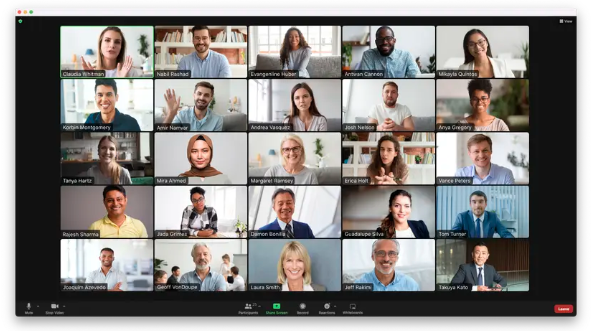
Key PLG principles include offering freemium models or free trials that demonstrate value immediately, creating intuitive onboarding that helps users reach their “aha moment” quickly, and incorporating viral mechanics into the product itself. Successful PLG implementation requires close collaboration among product, marketing, and data teams to optimize user activation rates, feature adoption, and natural account expansion.
Viral marketing and network effects
Viral marketing creates exponential growth by encouraging existing users to share your product with their networks. The key is designing mechanisms that make sharing natural and beneficial for all parties involved.
TikTok’s algorithm creates powerful viral loops by making it easy for anyone to create content that can reach millions of people. Their duet and collaboration features naturally encourage users to create content with others, expanding reach organically. The platform grew from 55 million users to over 1 billion in just three years through these viral mechanics.
Community-led growth
Building communities around your brand creates sustainable growth through authentic relationships and word-of-mouth advocacy. Community-led growth goes beyond traditional customer relationships to make genuine connections between users and your brand.
Peloton built a massive community around fitness that extends far beyond its physical products. Their Facebook groups, instructor-led social media presence, and hashtag campaigns foster connections between users who motivate one another. This community aspect became so strong that it sustained the brand even when it was unable to manufacture enough bikes to meet demand.

Successful community building involves creating spaces where your customers can connect, share experiences, and learn from one another. Communities drive growth by increasing customer loyalty and retention, generating user-generated content and social proof, providing valuable feedback for product development, and creating organic referral opportunities.
Growth hacking and creative experiments
Growth hacking involves conducting creative, low-cost experiments designed to test growth hypotheses rapidly. While not all experiments succeed, the goal is to find scalable tactics that can drive significant growth with minimal investment.
Hotmail pioneered growth hacking by adding “Get your free email at Hotmail” to the bottom of every email sent through their service. This simple signature line helped them grow from zero to 12 million users in just 18 months with minimal marketing spend. The tactic worked because it reached people at the exact moment they were engaging with email.
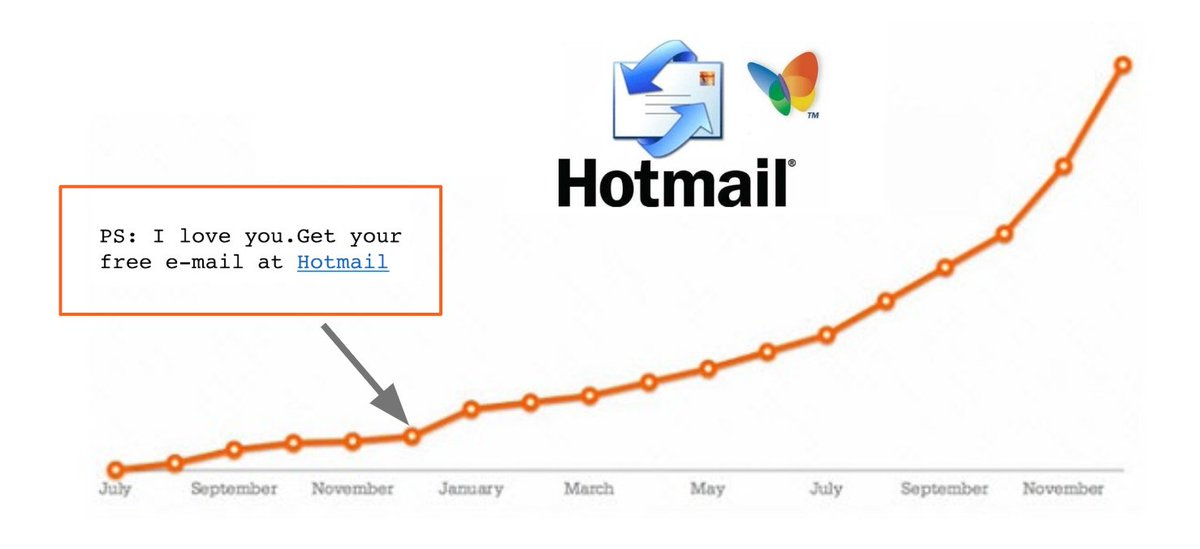
Examples include creative PR stunts that generate viral attention, partnership opportunities that provide mutual value, referral programs with compelling incentives, and content marketing campaigns that tap into trending topics. The key is maintaining a systematic approach to experimentation while being willing to try unconventional tactics.
Retention and churn prevention
Retaining existing customers is significantly more cost-effective than acquiring new ones, making retention a critical growth strategy. Focus on identifying early warning signs of churn, implementing proactive outreach to at-risk customers, and continuously improving the customer experience.
Shopify reduces churn through proactive customer success initiatives. They identify stores showing signs of struggle (low sales, reduced activity) and automatically trigger helpful resources, personalized coaching sessions, and feature recommendations. This proactive approach has helped them maintain industry-leading retention rates in the competitive e-commerce platform space.

Effective retention strategies include onboarding optimization to ensure new customers experience value quickly, regular check-ins and customer success programs, loyalty programs that reward continued engagement, and win-back campaigns for customers showing signs of disengagement.
Marketing automation and scalability
Marketing automation enables growth teams to deliver personalized experiences at scale without incurring a proportional increase in manual effort. This includes automated email sequences based on user behavior, dynamic content that adapts to customer preferences, and triggered campaigns that respond to specific actions or milestones.
Mailchimp built its growth on marketing automation, making email marketing accessible to small businesses. Their automated welcome series, abandoned cart recovery, and behavioral targeting help small companies achieve professional-level marketing results without dedicated marketing teams. This automation-first approach helped them grow to over 14 million users.
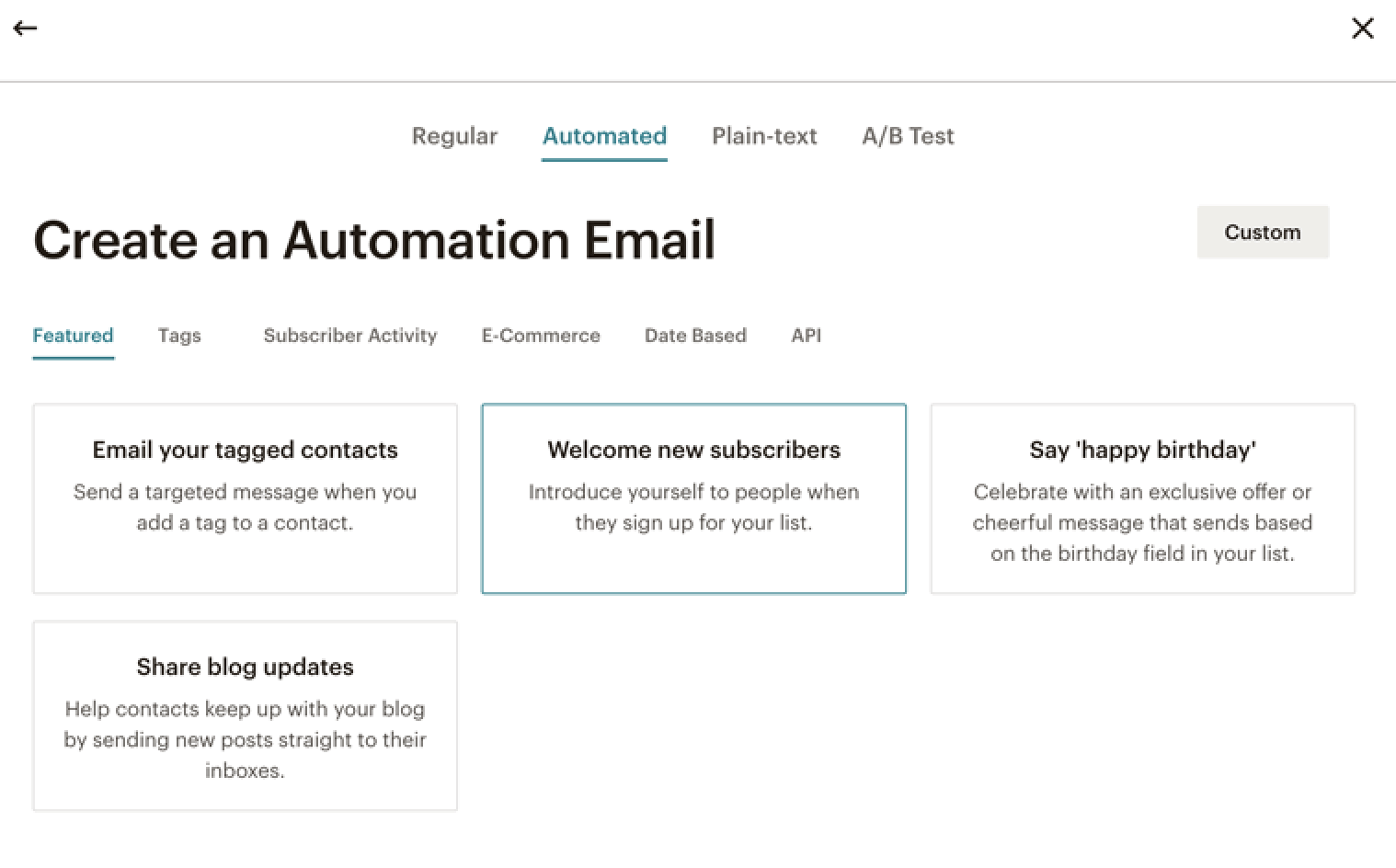
The goal is to create systems that nurture leads and customers automatically while maintaining the personal touch that drives conversions and loyalty. Successful automation requires careful planning, continuous optimization, and integration across multiple channels and touchpoints.
Growth marketing channels & tactics
Growth marketing success depends on choosing the right channels and tactics that align with your audience and business goals. Rather than spreading efforts thin across every available channel, successful growth marketers focus on mastering the channels where their customers are most active and responsive.
Content marketing for growth
Content marketing drives organic growth by solving customer problems while naturally guiding them toward your solution. Begin with keyword research to identify what your customers actually search for, and then create content clusters around main topics to establish topical authority. Educational blog posts, comprehensive guides, and case studies are most effective in driving qualified traffic.
ContentStudio has built its growth through strategic content marketing that directly addresses the pain points of social media managers. They create educational blog posts about social media scheduling, content planning tutorials, and free templates that solve immediate problems. This valuable content ranks well for industry-specific keywords, such as “social media content calendar” and “Instagram scheduling tools,” driving qualified organic traffic from users actively seeking solutions. The key is providing genuine value before asking for anything in return.

Don’t just publish and hope people find your content. Actively distribute through email newsletters, social media, guest posting, and podcast appearances. User-generated content amplifies your reach through customer success stories and social media contests, effectively expanding your brand’s presence.
Paid acquisition channels
Paid channels provide immediate traffic and testing opportunities. Google Ads targets high-intent customers actively searching for solutions by focusing on keywords with commercial intent and creating tightly aligned landing pages.
Social media advertising varies by platform. Facebook and Instagram offer detailed targeting and a diverse range of ad formats. LinkedIn excels for B2B with professional targeting by job title and company. TikTok reaches younger audiences through authentic, native-feeling content that blends naturally with organic posts.
Dollar Shave Club’s viral YouTube video ad cost just $4,500 to produce but generated millions of views and thousands of customers. They combined humor with a clear value proposition, proving that creative content can outperform big budgets when it resonates with the target audience.
Email marketing & automation
Email delivers the highest ROI among digital marketing channels when done right. Focus on lifecycle campaigns that provide value at every customer stage. The welcome series introduces new subscribers to your value, nurture sequences educate prospects over time, and re-engagement campaigns win back inactive subscribers.
Segment based on behavior, purchase history, and engagement levels. Use dynamic content to show relevant products and offers. Test subject lines, send times, and content formats continuously to improve performance.
Airbnb sends personalized emails based on user behavior. If someone searches for Paris accommodations but doesn’t book, they receive targeted emails featuring Paris listings, local experiences, and limited-time offers. This behavioral targeting significantly improves conversion rates compared to generic email blasts.
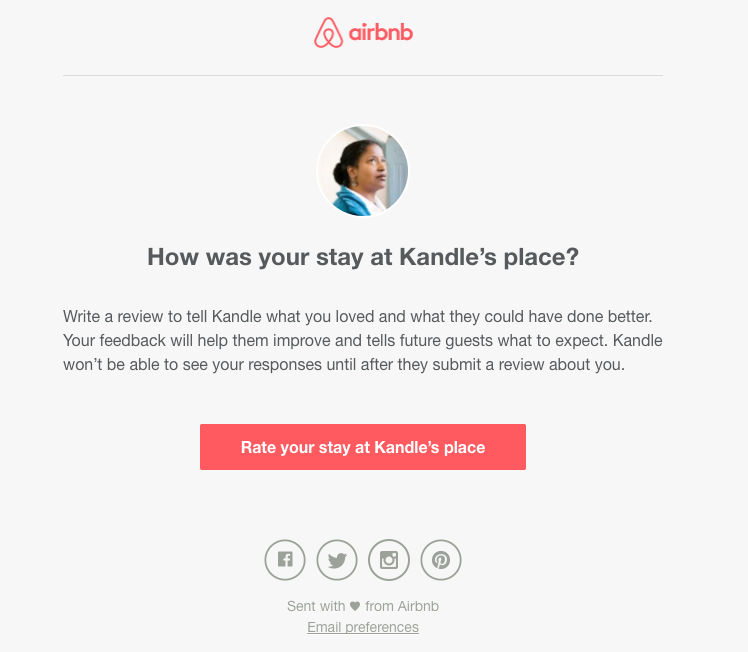
Social media growth marketing
Social media builds communities, drives engagement, and increasingly enables direct sales through social commerce features. Create platform-specific content that encourages engagement and sharing while building communities through groups and forums. Share behind-the-scenes content to humanize your brand and create authentic connections.
Micro-influencers often provide better ROI than celebrities because they have higher engagement rates and more authentic audience connections. Focus on partnerships where influencers genuinely use and recommend your product, rather than relying on obvious promotional content.
Glossier built its beauty brand primarily through Instagram and user-generated content. They encourage customers to share photos using their products with branded hashtags. This creates authentic social proof while expanding their reach organically, turning customers into brand ambassadors.

Conversion rate optimization
CRO improves the performance of all your other marketing efforts by converting more visitors into customers. Minor improvements compound into significant results over time. Test headlines, calls-to-action, form fields, and social proof elements while focusing on reducing friction and communicating value.
With over 50% of traffic coming from mobile devices, ensure your site loads fast and provides an excellent mobile experience. Key areas to test include headlines and value propositions, call-to-action buttons and placement, form design and number of fields, and trust signals.
Unbounce increased conversions by 30% simply by changing their call-to-action button from “Start my free trial” to “Start creating for free.” The more specific, benefit-focused language resonated better with their audience and communicated what users would get.

5 growth marketing examples to learn from
These real-world examples illustrate how successful companies have effectively implemented growth marketing strategies to achieve rapid user acquisition and sustained business growth. Each case study highlights specific tactics and principles that you can adapt for your growth marketing initiatives.
1. ContentStudio: Social media management growth through product-led strategy
ContentStudio, a comprehensive social media management platform, exemplifies effective growth marketing through its product-led approach combined with strategic content marketing. They’ve achieved significant growth by focusing on solving real pain points for social media managers and content creators.
Their growth strategy: ContentStudio built its growth engine around providing genuine value before asking for anything in return. They offer a robust free plan that allows users to manage multiple social accounts, schedule posts, and access basic analytics. This freemium model lets potential customers experience the product’s core value without friction.
Their content marketing strategy targets long-tail keywords that social media managers frequently search for, such as “how to schedule Instagram posts” and “social media content calendar templates.” This approach drives qualified organic traffic from users who have immediate intent to use their product.
Key growth tactics:
- Free tools and templates that capture leads naturally
- Educational blog content that ranks well for industry keywords
- Product integrations with popular platforms to expand reach
- User-generated content showcasing customer success stories
Results: ContentStudio has significantly expanded its user base by focusing on product value and educational content, achieving substantial organic growth with minimal paid acquisition spend.
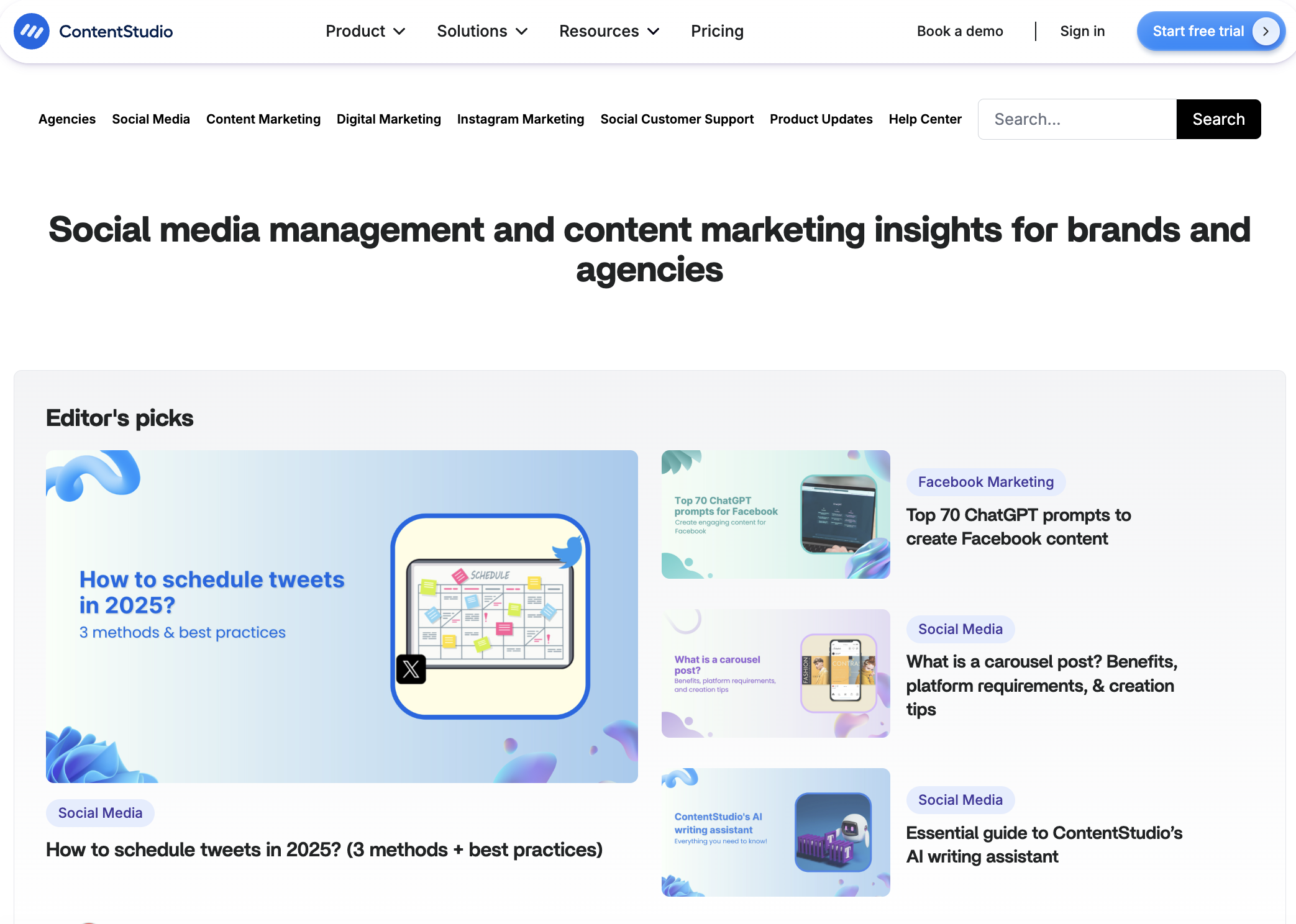
2. Slack: Network effects and viral growth loops
Slack transformed workplace communication by creating powerful network effects where the product becomes more valuable as more team members join. Their growth marketing strategy centered on making team adoption inevitable once one person introduced the platform.
Their growth strategy: Slack’s core insight was that collaboration tools need collaborative adoption. They designed invitation flows that made it natural and necessary to bring teammates onto the platform. Every notification, every shared file, and every conversation thread created touchpoints that drew non-users into the platform.
Key growth elements:
- Seamless team invitation processes that felt natural, not pushy
- Integration with existing work tools to become indispensable
- Freemium model that removes barriers to team-wide adoption
- Viral messaging features that spread awareness organically
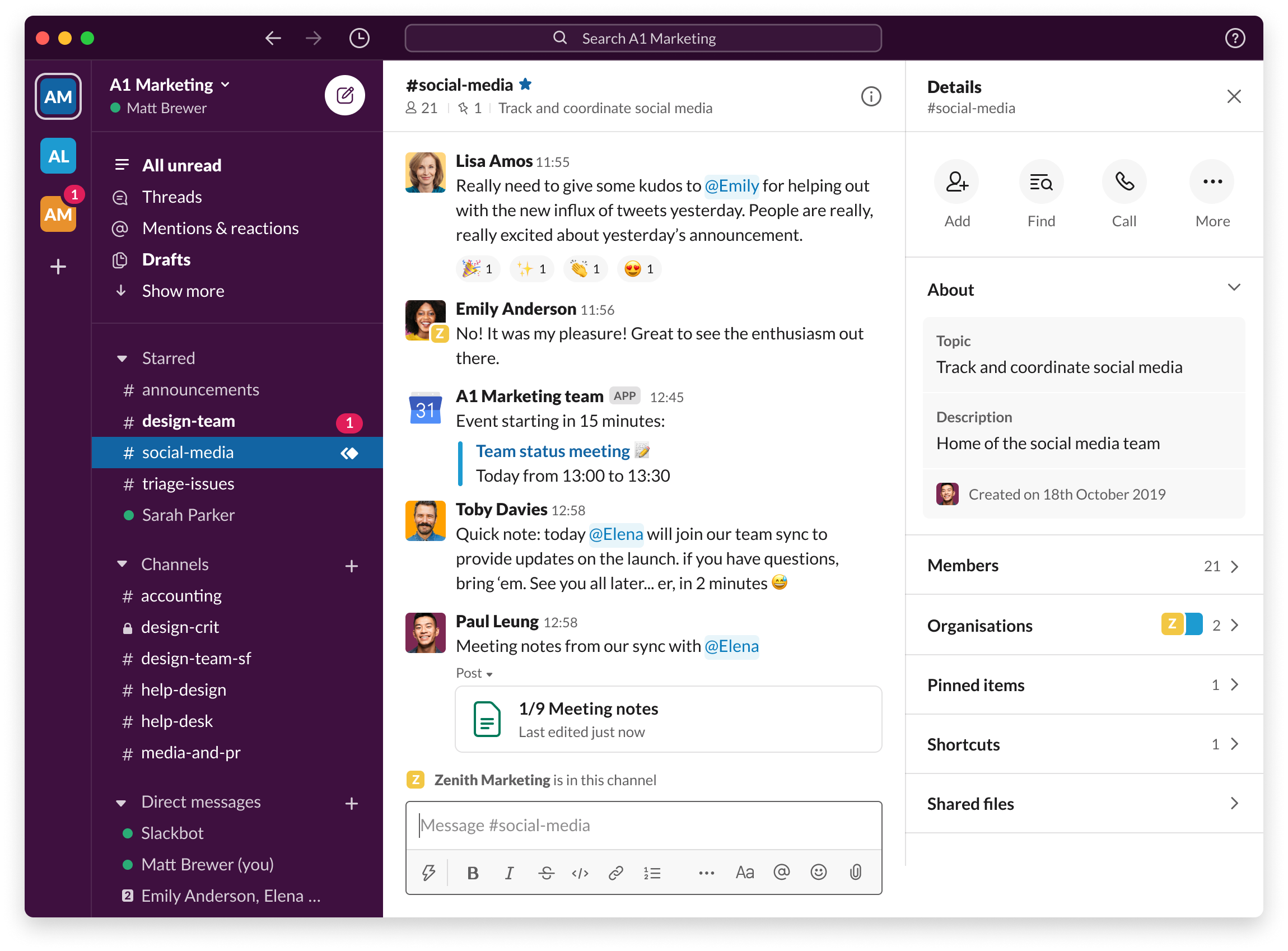
3. Dropbox: Referral marketing mastery
Dropbox achieved explosive growth through one of the most successful referral programs in tech history. By offering additional storage space for both referrers and new users, they created a win-win scenario that drove viral adoption.
Their growth strategy: Dropbox recognized that its product solved a universal problem—file storage and sharing. Their referral program provided immediate, tangible value (more storage space) in exchange for referrals, creating a compelling reason for users to share the product with others.
Key Success Factors:
- Mutual benefit for both referrer and referee
- Simple sharing mechanism built into the product
- Clear value proposition that was easy to explain
- Seamless onboarding for referred users
Results: The referral program increased signups by 60% and helped Dropbox grow from 100,000 to 4 million users in just 15 months.
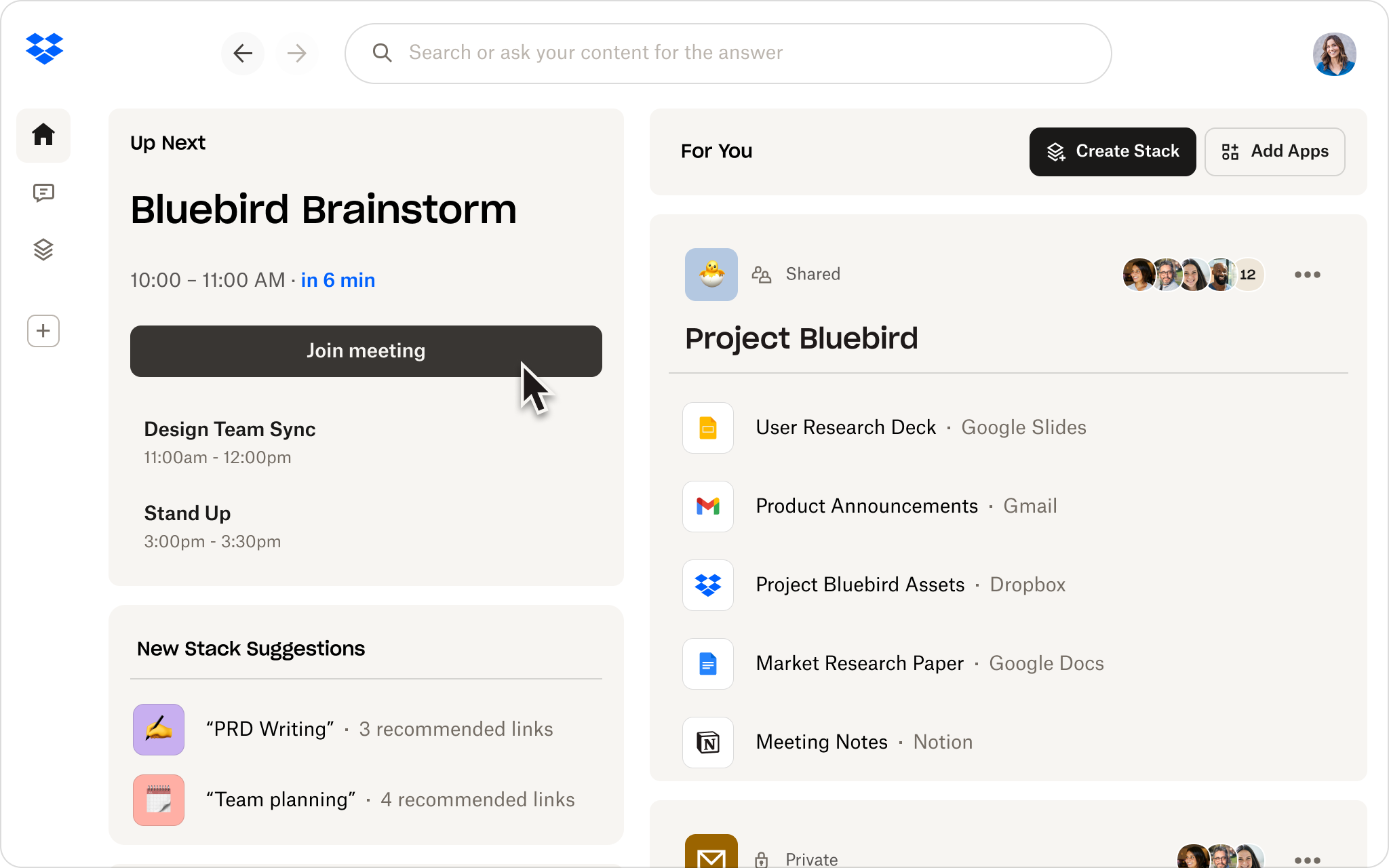
4. Canva: Democratizing design through community-led growth
Canva disrupted the design industry by making professional design accessible to everyone. Their growth marketing strategy centered on building a community around democratized design, while providing tools that anyone could use effectively.
Their growth strategy: Canva built its growth around solving the fundamental problem that most people feel intimidated by when it comes to design. They created templates, tutorials, and a user experience that made design feel achievable for anyone, while building a community of users who shared their creations and inspired others.
Growth tactics:
- Extensive template library that provides instant value
- Educational content teaching design principles
- Social sharing features that showcase user creativity
- Community challenges and design contests

5. Netflix: Data-driven personalization and content Strategy
Netflix revolutionized entertainment consumption through sophisticated data-driven personalization and strategic content creation. Their growth marketing approach focuses on keeping users engaged through highly personalized experiences and original content that creates subscription stickiness.
Their growth strategy: Netflix utilizes viewing data to create personalized recommendations that keep users engaged for extended periods. They analyze viewing patterns, completion rates, and user preferences to suggest content that matches individual tastes and preferences. Their investment in original content creates exclusive value that can’t be found elsewhere.
Key growth elements:
- Personalized content recommendations based on viewing behavior
- Original content strategy that creates a unique value proposition
- Continuous A/B testing of interface elements and content presentation
- Global expansion with localized content strategies
Results: Netflix has evolved from a DVD-by-mail service to over 230 million subscribers worldwide, with its recommendation algorithm accounting for 80% of viewer engagement.
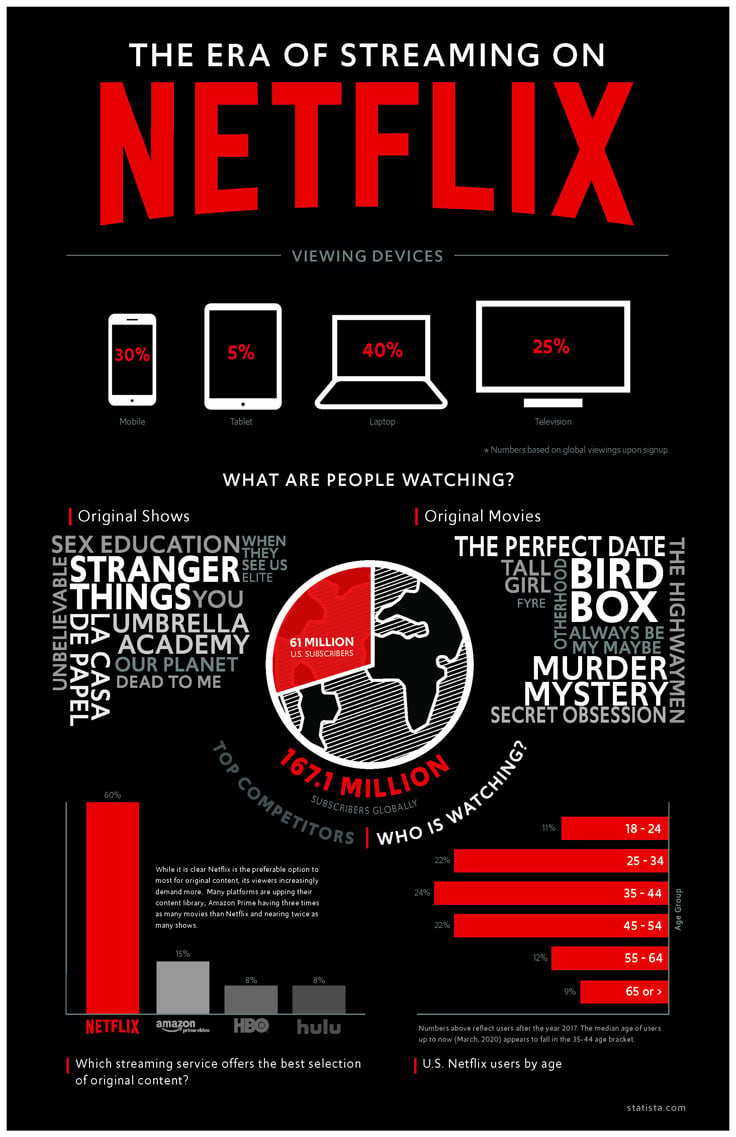
Conclusion
The key to successful growth marketing lies in its scientific approach, which involves continuous experimentation, data-driven decision-making, and customer-centric thinking. Companies like Netflix, Amazon, Spotify, and ContentStudio have demonstrated that when these principles are applied consistently, the results can be transformational —resulting in improved customer acquisition costs, increased lifetime value, and stronger organic growth through referrals.
Remember, growth marketing is not about finding one silver bullet tactic—it’s about building a systematic approach to understanding your customers, delivering value at every stage of their journey, and creating sustainable growth loops that compound over time. The companies that master these principles will be the ones that thrive in an increasingly competitive marketplace.
Plan, schedule, share, and analyze content for 15+ social media channels.
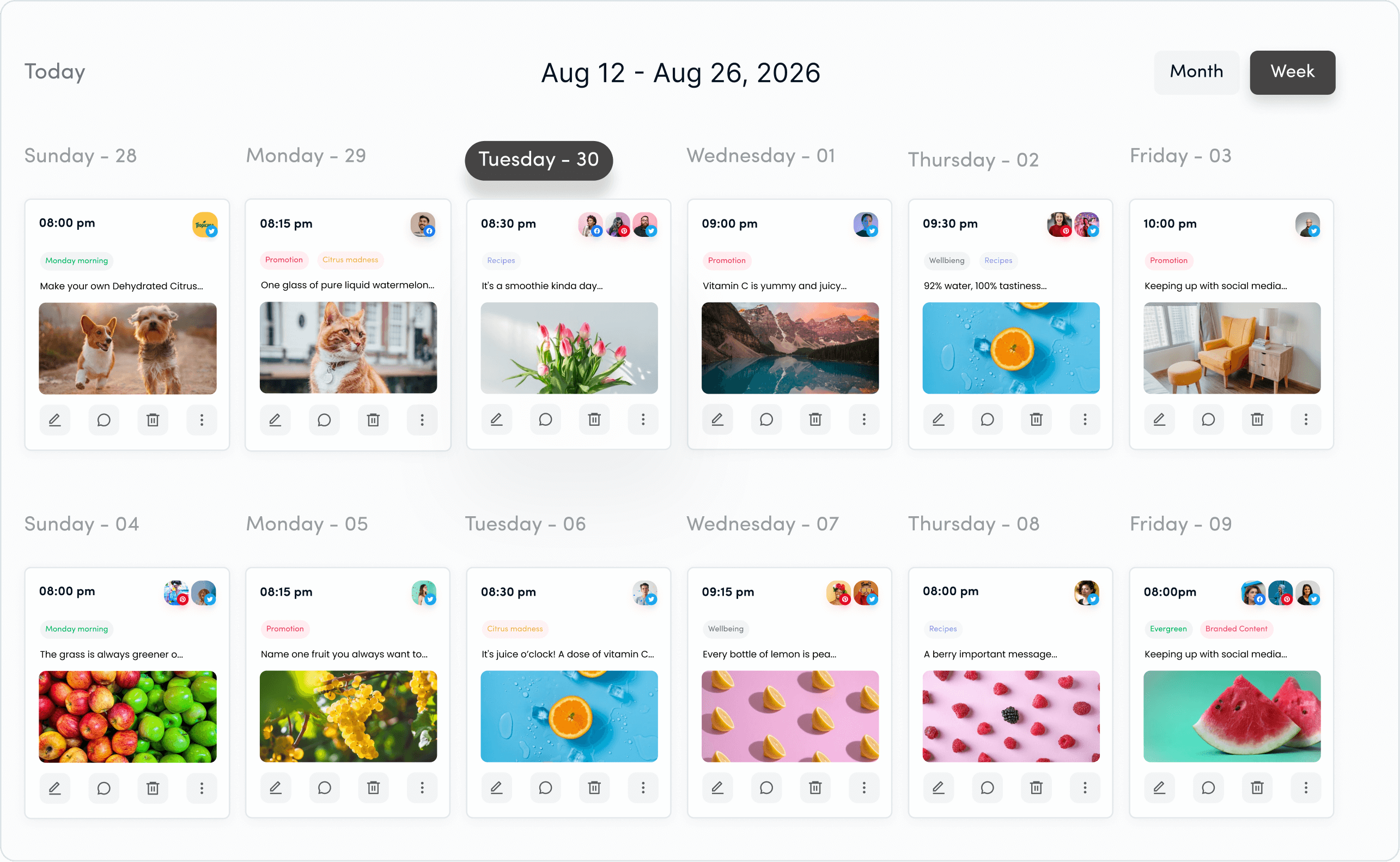
FAQ’s
What is the difference between growth marketing and traditional marketing?
Traditional marketing focuses on brand awareness and customer acquisition through campaigns with set timelines. Growth marketing optimizes the entire customer lifecycle using continuous experimentation, data-driven insights, and scientific testing. It emphasizes retention and customer lifetime value as much as acquisition.
How long does it take to see results from growth marketing?
Results vary by tactic and industry. A/B testing can show results within days or weeks, while content marketing and community building may take 3-6 months. Start with quick wins while building longer-term strategies that compound over time.
What budget do I need to start growth marketing?
You can start with a minimal budget since many strategies focus on optimization rather than paid advertising. Begin with free analytics tools, content marketing, email automation, and conversion optimization. Increase investment in effective channels as you identify what works.
What’s the difference between growth marketing and growth hacking?
Growth hacking focuses on creative, short-term tactics for rapid growth. Growth marketing is a comprehensive, sustainable approach that includes growth hacking but emphasizes systematic processes, continuous optimization, and long-term customer relationships.
What are the most common growth marketing mistakes?
Common mistakes include focusing on vanity metrics over business impact, testing too many tactics without proper methodology, neglecting retention for acquisition, ending experiments too early, and copying competitors without understanding their context.
How do I measure the success of growth marketing?
Focus on business impact metrics: Customer Acquisition Cost (CAC), Customer Lifetime Value (CLV), retention rates, and conversion rates. SaaS companies track Monthly Recurring Revenue (MRR), while e-commerce focuses on average order value and repeat purchases.
Recommended for you


Powerful social media management software
14-day free trial - No credit card required.

